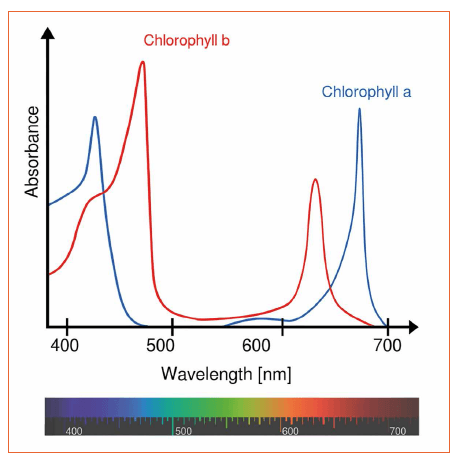Plant Basics
Eventually the soil becomes depleted of the necessary nutrients for plant growth and that is why fertilizing regularly is important. Fertilizing is nothing more than replenishing the soil of the nutrients needed by the plants and should not be confused with pesticide use. In hydroponics the use of pesticide is very limited to none existent.
In hydroponics the nutrient concentration is maintained as if you had a very rich nutrient soil. Temperature, humidity and lighting are also maximized. In other words hydroponics is about having total control of the growing environment to give you the highest possible yields.
The ions in the dissolved nutrient is absorbed by the roots and delivered to the rest of the plant, the plant is basically a pump, it is easy to see this effect when cutting a lettuce 1/2" above the Rockwool and leaving the roots in the water, after a few hours you will see a bubble of water above the stem of the plant.
Just like humans’ plants consist of approximately 90% water the rest is the dry matter consisting of approximately 9% Macro nutrients and the remaining 1% or so from Micro nutrients. These figures vary slightly depending on plant and even the time of day it was cut as well as other factors.
In order for plants to grow they not only need water and nutrients but also light, plants absorb sunlight to induce photosynthesis, this is done by chlorophyll the green pigment present in all green plants and cyanobacteria, The chlorophyll traps light which then synthesizes water and Carbon Dioxide to produce food (carbohydrates) in a process of photosynthesis.
Certain light colors are more prone to induce higher chlorophyll activity in plants. The two main colors that generate the highest chlorophyll activity are Red and Blue which are at the two ends of the visible electromagnetic spectrum.
There are 5 types of chlorophyll. Chlorophyll a, b, c, d and e. chlorophyll a and b are found in all green plants and some algae. Chlorophyll c, d and e are also found in some algae. Notice the absorption levels of chlorophyll a and b in the graph below, the higher the absorption level the greater the chlorophyll activity.
Although these two colors are the most active there are other colors in between that are also important for plant growth and therefore a full spectrum light is recommended.
Photosynthetic Active Radiation (PAR)
Not to be confused with Parabolic Aluminized Reflector also known as PAR


